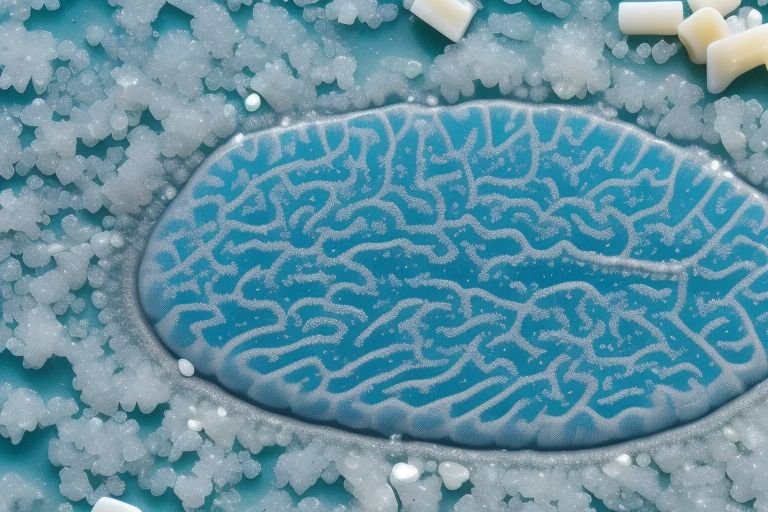
Scientists Raise Concerns Over Microplastics Found In Human Brain Tissue
There is evidence that microplastic particles have now been found in tissue samples from human brains, which others are worried may far be the beginning of future negative impacts of plastic pollution in human health. It is important to add this to the ever increasing list of research findings about the presence of microplastics in the human body and the environment.
In the study, authors, a team of environmental toxicologists and neuroscientists looked in to the restoration of post-mortem brain donors’ tissues. Analyzing the samples by imaging techniques and chemical methods the scientists registered different types of microplastics such as polyethylene, polypropylene, and polyethylene terephthalate (PET) located in the brain tissue.
Earlier, microplastic particles were reported in human lungs, liver, stomach and intestines; this research is the first to find evidence of plastics in human brain tissues. The experiments performed lead to the conclusion that these microplastic particles are capable of penetrating the blood-brain barrier which is a selective membrane that is supposed to exclude from the brain many potentially damaging compounds that can be present in the blood.
The finding of microplastics in the brain gives rise to several questions concerning the effects that it is likely to have on people’s health. Science tells us that these very particles could elicit an inflammation response or disrupt the process of cellular metabolism and even serve as vectors for other damaging compounds. However, the ways through which microplastics may impact the health and functioning of the brain is yet to be detailed and expounded.
This brings another shocking concern on the fact that, over an individual’s life, microplastics may gradually build up in the brain tissues. Thus, as the global levels of plastics persist and accumulate in environment, people are believed to be consuming more microplastics, by ingesting food, breathing them in and possibly through skin absorption as well.
The analysis also included size and morphology of the microplastics detected in the brain tissue. Most of them were between a particle size of 1 to 10 micrometers, capable of affecting single cells. The researchers observed a number of shapes including fibers, some fragments, and spheres and each of these can have different impact on biology.
Although the direct effects on human health of such a finding are as yet unquantifiable, the authors are keen to stress the requirement for further research into the neurological effects of microplastic deposition in the brain. One area of interest is whether these particles might precipitate or worsening of neurodegenerative diseases or even cognitive loss.
The findings have sparked debates with consumers demanding the government to step up the measures to ban plastics or set very hard standards in the production and disposal of plastics. Environmentalists say that this finding is why a global approach to this problem must be pursued, and not just as an environmental problem, but as a public health crisis.
Future research in this field is ongoing where scientists are focusing on enhancing the techniques of detecting microplastics and the ways of standardizing the methods of examining the microplastics in human tissues. This will be important in gauging human vulnerability as well as appraising the risks of adverse health impact across diverse populations as well as age cohorts.
Based on these studies, the actions on the part of experts in the field of health are to minimize personal usage and contact with plastics through not using disposable products, wearing natural fibre cloth and purging drinking water. But they also emphasize that the fundamental shifts in the production of plastics and their disposal must be achieved on a global level to counter this problem successfully.


